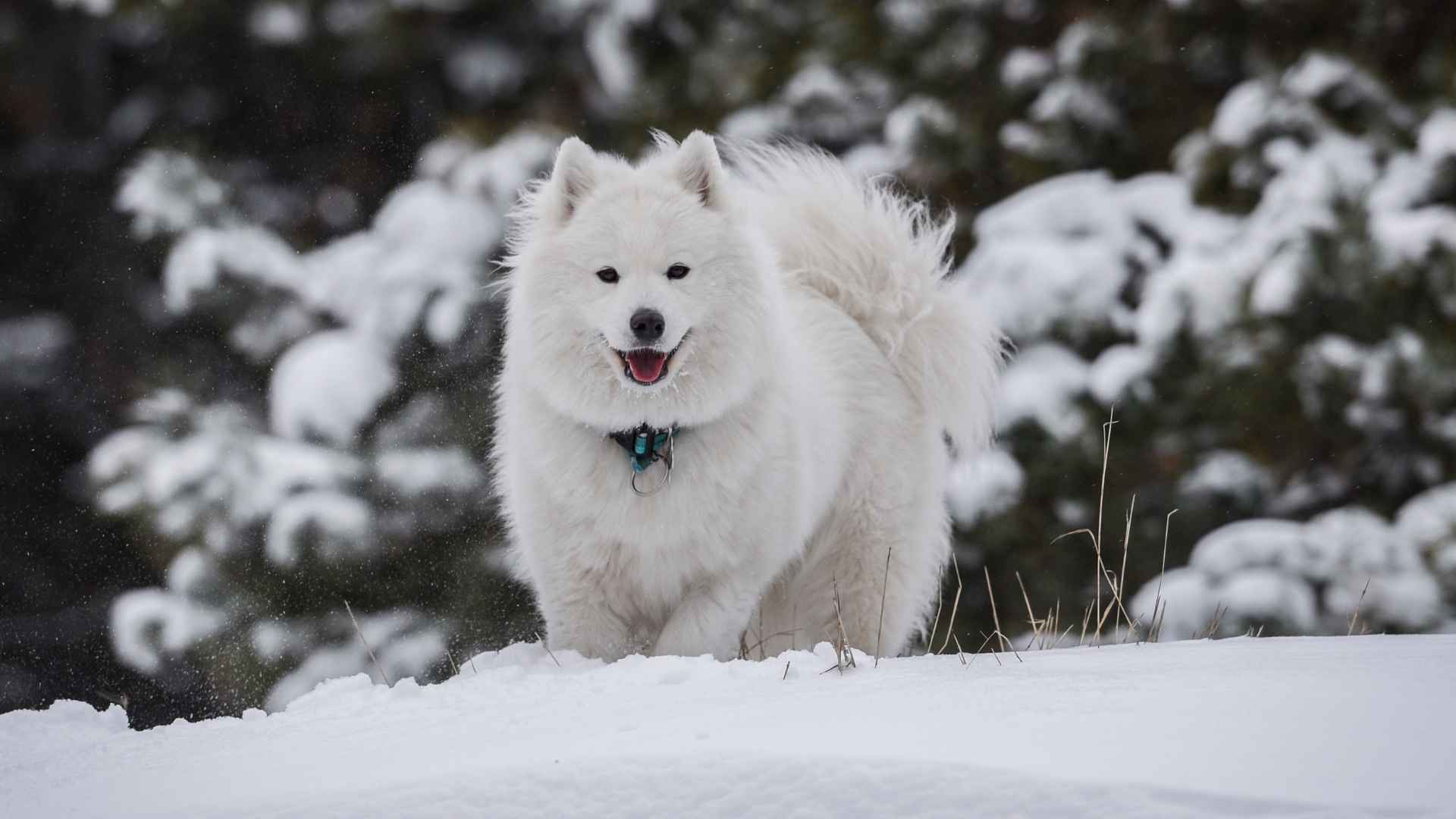What kind of dog leads a sled team across frozen lakes, without constant human guidance? What kind of breed can spend hours in the snow, alert but not anxious, focused but free?
The answer lies in a unique group of dogs that combine cold-weather endurance with strong, natural independence. They’re the kinds of dogs who can think on their feet, move with purpose, and remain composed even when left to their own devices. These aren’t clingy companions. They’re confident, self-sufficient, and built for the elements.
If you’ve ever wondered which breeds truly thrive in snowy conditions without constant supervision, this article will show you the best of them. From mountains to tundra, meet the dogs who were made to go it alone.
Independent Dog Breeds for Cold Weather
1. Siberian Husky
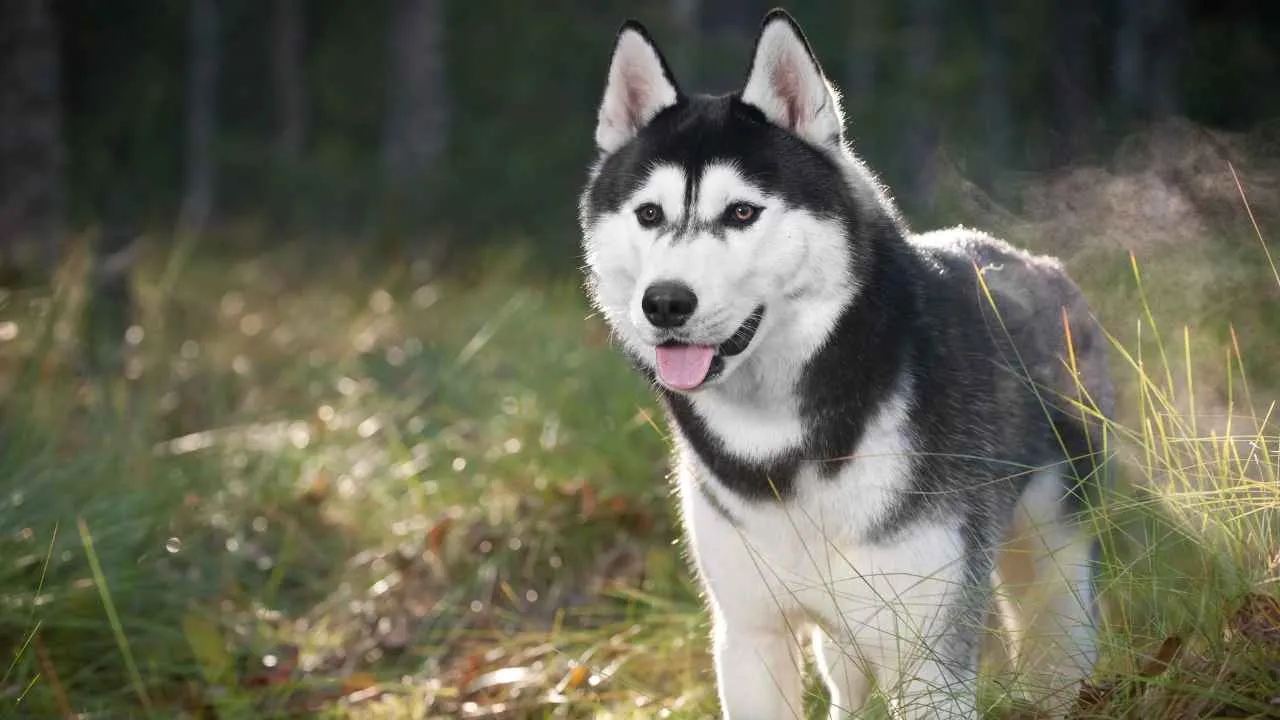
The Chukchi people of Siberia originally bred Siberian Huskies to pull sleds over frozen terrain. Their well-regulated metabolism supports their endurance in sub-zero climates. A compact body with fur-covered paws allows them to conserve heat during long treks.
Naturally Independent and Alert
This breed has strong decision-making instincts that evolved through working in small teams without constant commands. They adapt quickly and prefer autonomy when outdoors. That mindset gives them a stable temperament, even in challenging environments.
Protective Layer Built for Survival
The breed’s thick double coat insulates against both wind and snow. It traps body heat close to the skin while the outer layer repels moisture. Regular shedding keeps their coat functioning effectively throughout the year.
Known for an Iditarod Legacy
A team of Siberian Huskies led by Leonhard Seppala helped deliver life-saving serum to Nome, Alaska, in 1925. That historic run showcased their role among the most dependable cold-weather dogs in the world.
2. Keeshond
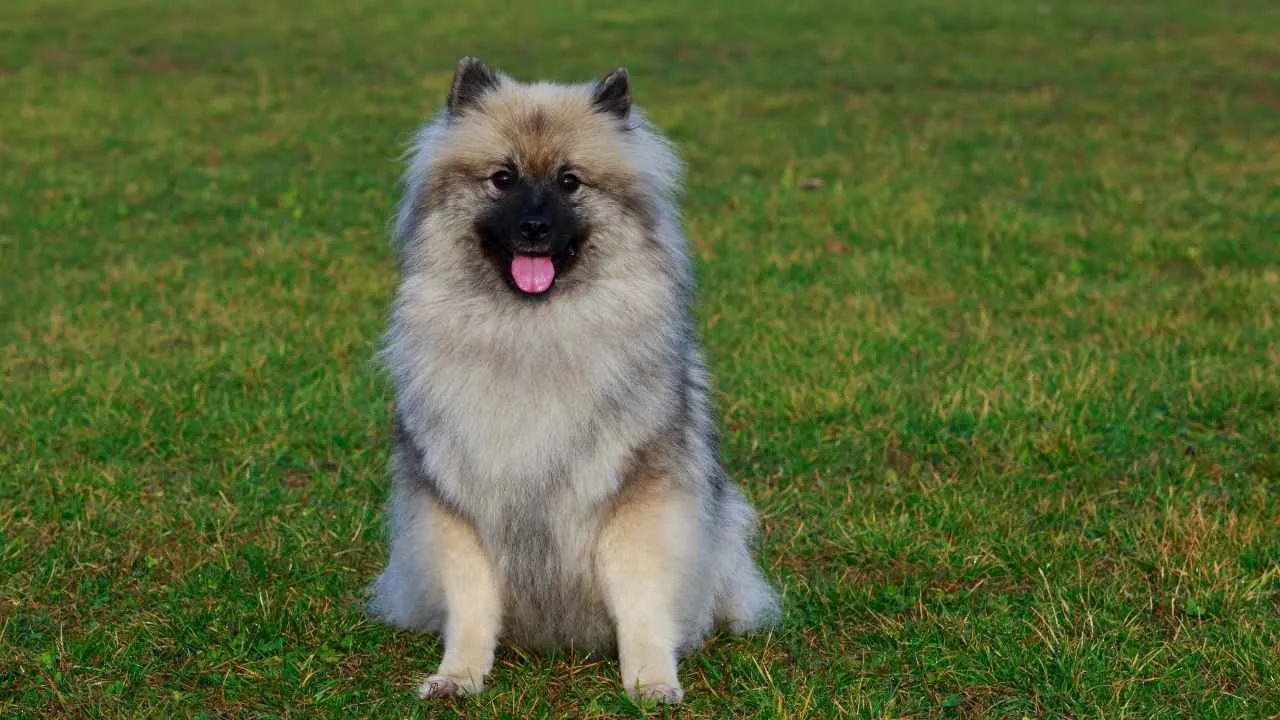
Keeshonds carry a plush, insulating coat that protects them during sudden drops in cold temperatures. Their thick ruff around the neck acts like a scarf, shielding them from biting winds. Even their tails, which curl tightly over their backs, help reduce heat loss.
Independent but Affectionate
They have a calm, observant nature and don’t constantly seek commands, making them a good fit for experienced owners. This independence shows in how they self-monitor their activity indoors. While social, they comfortably spend time on their own without distress.
Low Maintenance in Harsh Weather
Their outer coat resists moisture while the undercoat traps warmth, offering solid protection from ice and snow. As part of the more adaptable cold-weather dog breeds, they rarely need clothing or heated gear on winter walks. Grooming consistency keeps the coat functional year-round.
A Recognizable Facial Trait
Keeshonds are known for their “spectacles” — markings and shading around the eyes that resemble glasses, as per PetMD. This breed trait doesn’t just define appearance but helps reduce glare in snowy environments, a small yet purposeful adaptation.
3. Saint Bernard
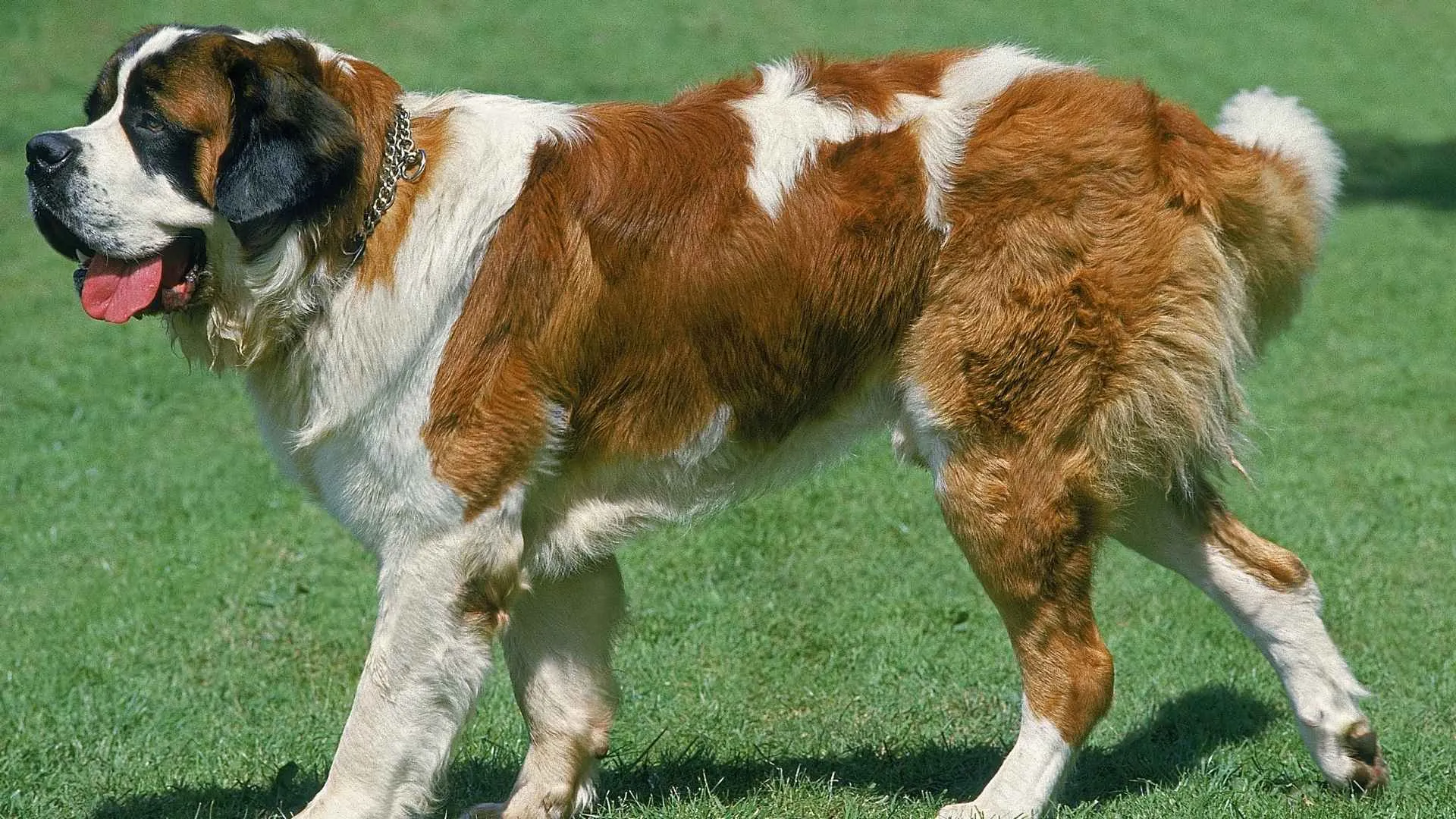
Saint Bernards have a large, dense body mass that helps them retain warmth in extreme conditions. Their broad chest and powerful limbs were developed to move through deep snow with stability. These features naturally make them comfortable in cold climates.
Independent Working Instincts
While affectionate with their family, this breed is used to working with minimal direction. They are calm decision-makers and remain composed even in isolated settings. This reliability has made them a trusted companion in alpine conditions.
Insulating Coat Structure
Their thick coat insulates their body efficiently, keeping them warm in freezing temperatures. The outer layer resists snow accumulation, while the undercoat holds heat. Brushing helps maintain its insulation value during peak winter months.
Famous Alpine Survival Case
A Saint Bernard named Barry reportedly saved over 40 people lost in the snow-covered Swiss Alps in the early 1800s, as Britannica highlighted. This example reflects how well their traits align with real survival needs in unforgiving mountain terrain.
4. Alaskan Malamute
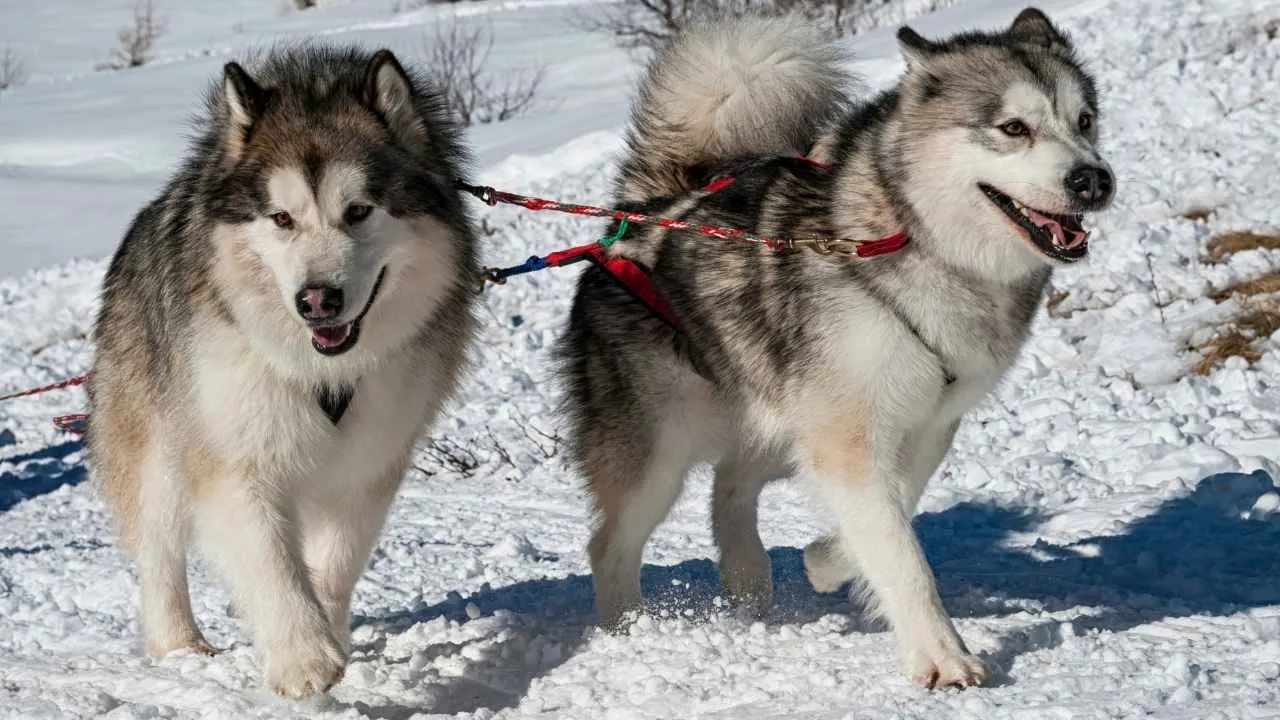
The Alaskan Malamute’s large, broad body helps conserve heat during long exposure to freezing conditions. Their compact ears and thick tails reduce heat loss and shield them in wind-heavy environments. This efficient design lowers the chances of cold-related discomfort.
Independent, Steady Disposition
They were shaped for work that required minimal supervision, which developed their self-directed thinking. Malamutes rarely depend on constant human cues to stay focused. Their calm, patient nature helps them remain mentally balanced in cold-weather settings.
Dense Coat With Seasonal Function
A thick double coat forms a strong layer of insulation while shedding off snow and ice buildup. The outer layer is coarse and moisture-repellent, while the soft undercoat keeps warmth close to the skin. Regular grooming maintains this barrier year-round.
Built-In Endurance and Load Strength
As one of the most resilient sled dogs, the Malamute can pull heavy loads steadily over long distances. This strength is tied to their dense bone structure and firm joints.
Traits like these are why many ancient breed standards still exist in today’s lines — and how such dogs thrive even under extreme physical demands.
5. Bernese Mountain Dog
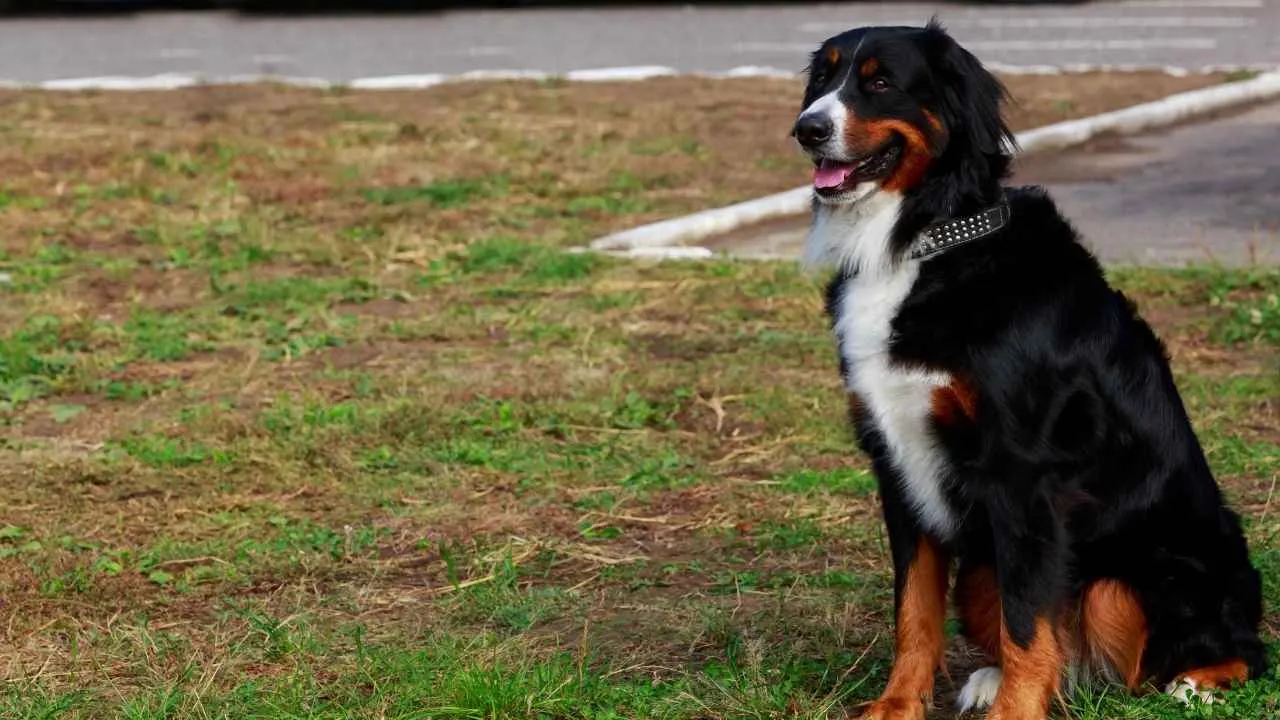
The Bernese Mountain Dog has a dense, weather-resistant outer coat and an insulating undercoat. This double-layered protection keeps them comfortable even in snowy alpine conditions. Their fur is self-cleaning to some extent, reducing the risk of cold-related skin problems.
Calm but Self-Sufficient
While affectionate at home, this breed can stay composed when left to its own space. It isn’t clingy and often prefers short periods of calm observation. This natural independence helps balance the dog’s behavior in both active and resting settings.
Structure That Supports Strength
Weighing up to 115 pounds, this gentle giant carries a strong, broad frame ideal for pulling and outdoor tasks. Their sturdy build doesn’t just serve power — it contributes to a slower rate of physical stress. That’s especially helpful in cold climates with uneven terrain.
Known for Its Distinctive Smile
Bernese Mountain Dogs are often recognized for a unique expression that resembles a natural grin. It’s one of the traits that draws in pet parents looking for emotional warmth, along with physical durability. Many consider them among the best dog breeds for cold regions.
6. American Eskimo Dog
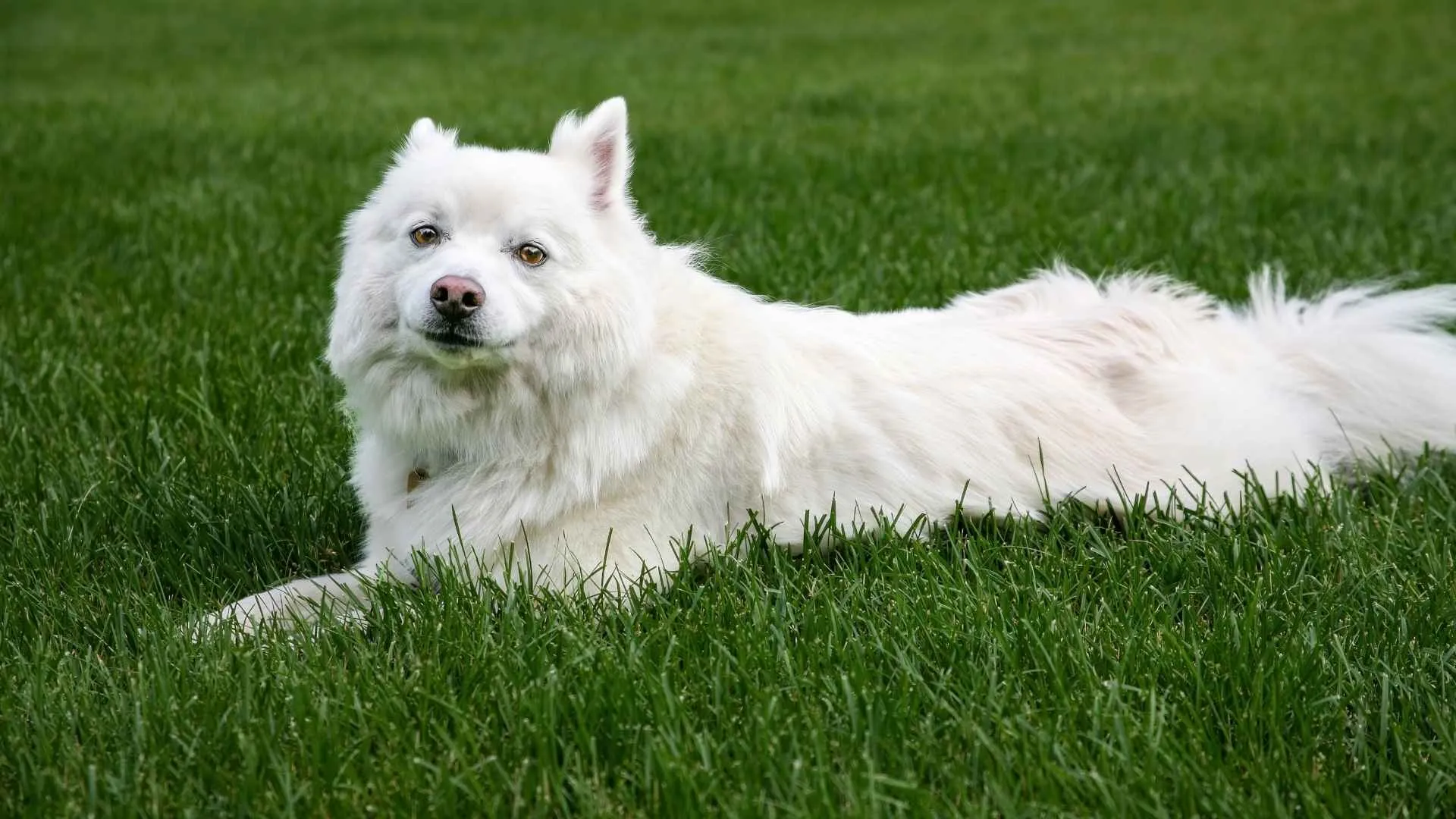
The American Eskimo Dog has a dense coat that provides effective insulation in snowy climates. Their compact build helps minimize the surface area exposed to the cold. Even the tail, which curls over the back, acts as a windshield in harsh gusts.
Independent Yet Family-Aware
This breed is known for its ability to entertain itself when mentally stimulated. They can handle alone time better than many similarly sized dogs. However, their alert nature ensures they’re still aware of their surroundings and their people.
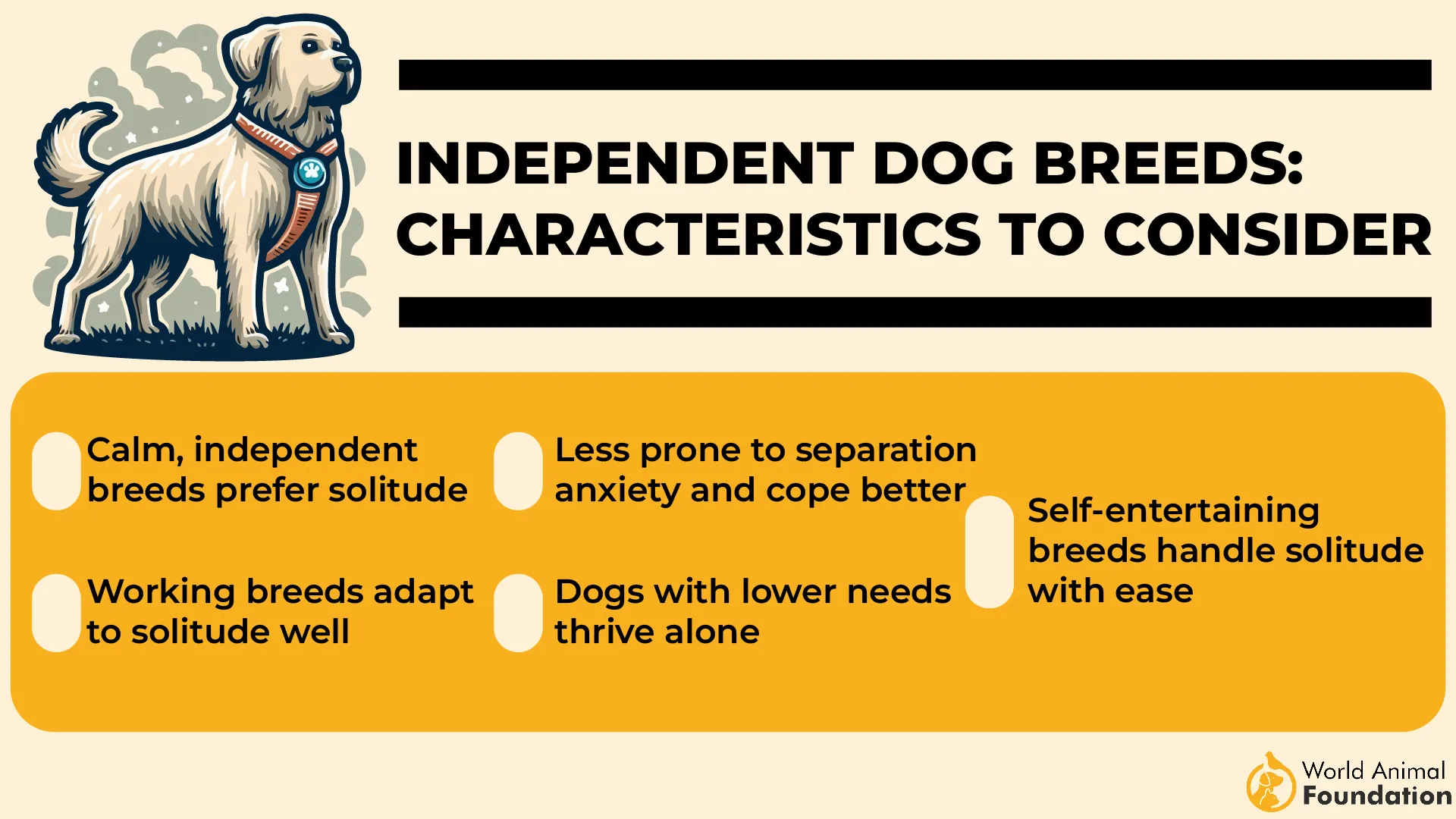
Bright, Agile, and Structured
They possess strong problem-solving skills that reflect their intelligence. Their coordinated movement and natural balance make them agile on slick or uneven terrain. Combined with mental stamina, they adjust well to physically demanding environments.
Performed on Circus Stages Worldwide
Their high trainability and attention-holding expressions made them popular performers in 19th-century traveling shows. Their role in these acts reflected both their intelligence and willingness to work independently in distracting, crowded settings.
7. Samoyed
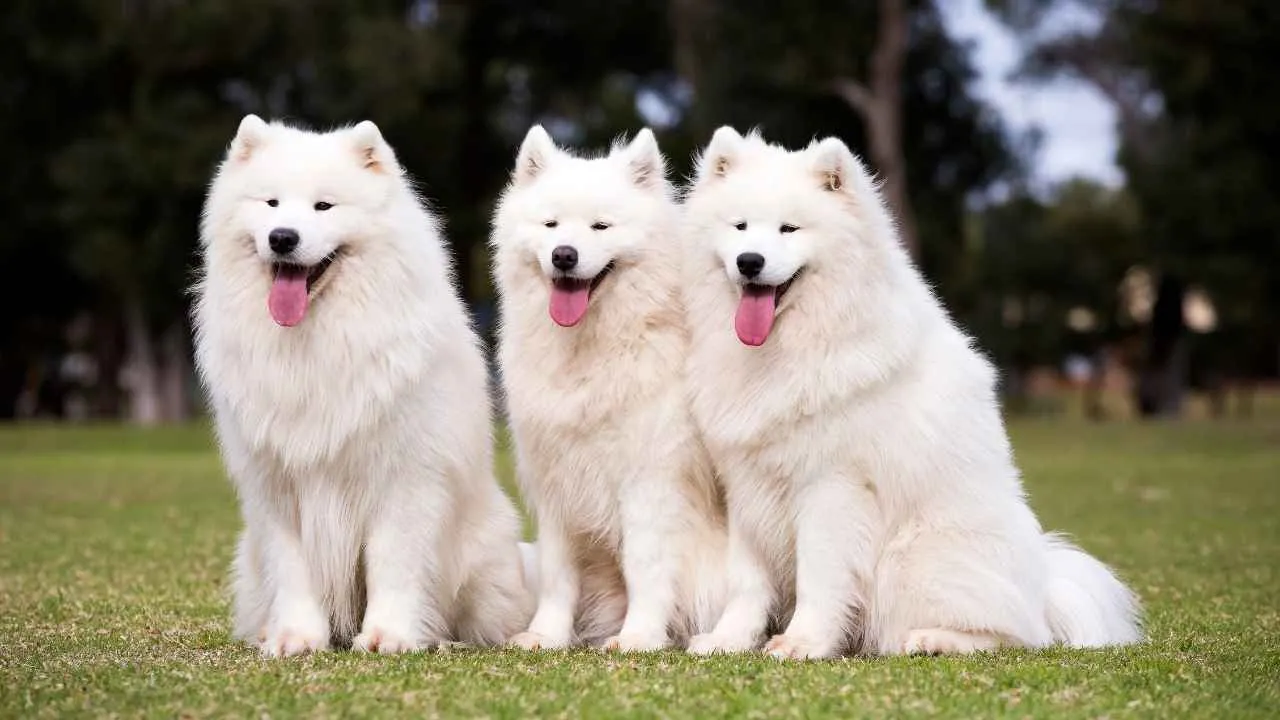
The Samoyed’s dense, weatherproof fur allows it to handle extreme snow and freezing temperatures without discomfort. Their outer coat guards against moisture while the inner layer traps warmth. This dual insulation also reduces the risk of skin issues in cold climates.
Confident With Independent Thinking
Samoyeds are intelligent problem solvers who often prefer to work on their own. Their confidence is especially visible during outdoor activities that demand navigation or alertness. They can handle tasks without constant supervision or direction.
Expressive and Stable Temperament
Though social, the breed doesn’t cling to reassurance and handles alone time well when properly trained. Their personality is both observant and stable, making them reliable in changing weather. Barking is often purposeful, tied to their alert nature.
Tail That Serves a Purpose
One of the most distinctive traits of the Samoyed is how they curl their fluffy tail over their nose while sleeping. This behavior isn’t just for show — it helps preserve warmth during rest in cold environments, acting like a natural nose warmer.
Conclusion
When you live in a place where snow piles high and the wind doesn’t stop, the right dog makes all the difference. These breeds aren’t just strong—they’re thinkers. Whether leading as rescue dogs, resting quietly, or moving through drifts with confidence, they’re made for the cold.
Their thick fur, thick ears, and protective double coat keep them steady in extreme cold, but their independence is what truly sets them apart. Not every dog fits that mold, but those that do—like the Greater Swiss Mountain Dog—carry more than strength.
Some can even serve as quiet guard dogs, alert but not overreactive. These are companions for the cold and for those who value both space and trust.


